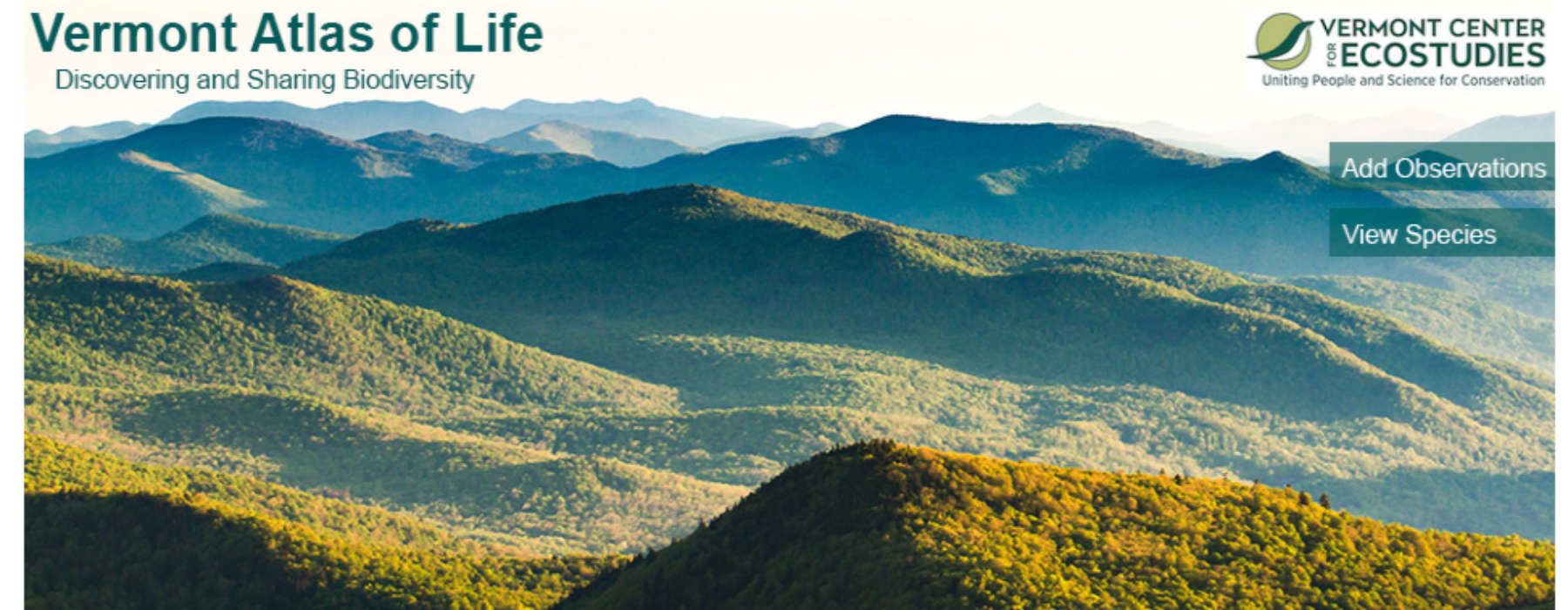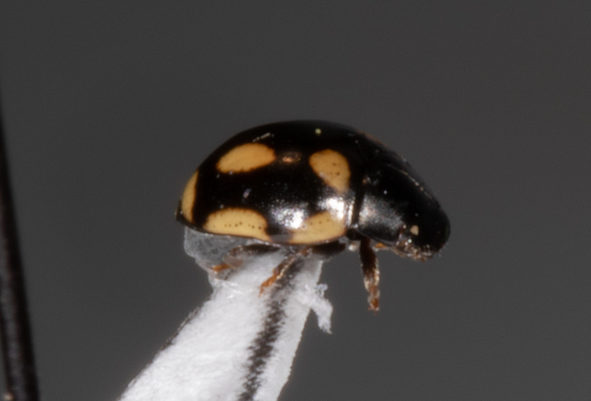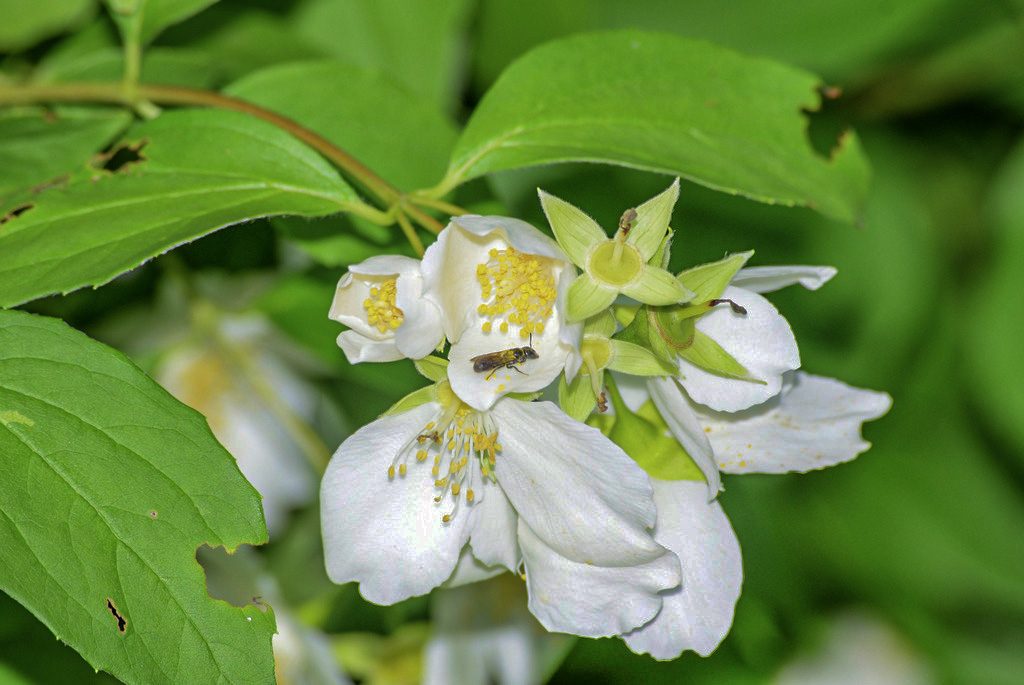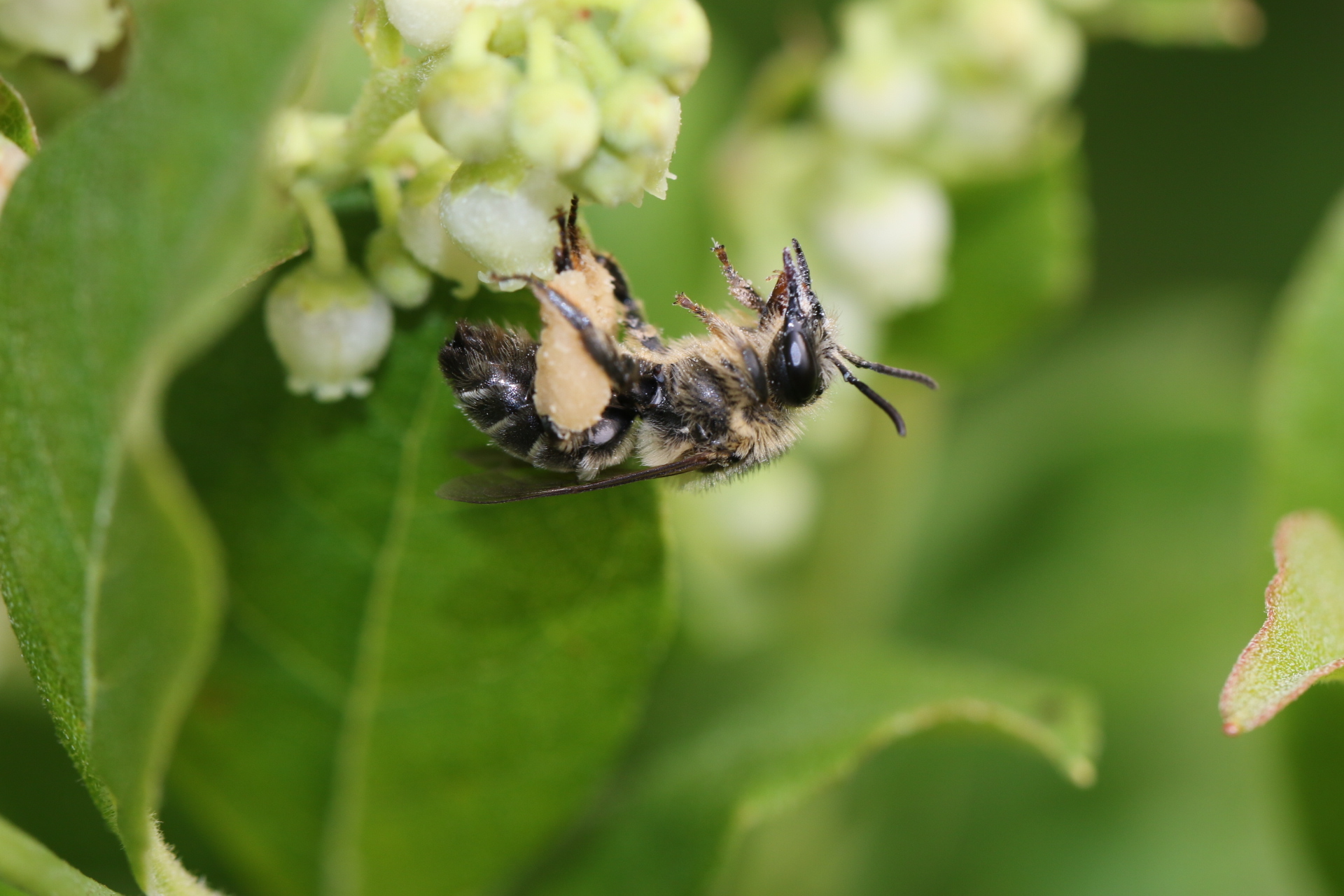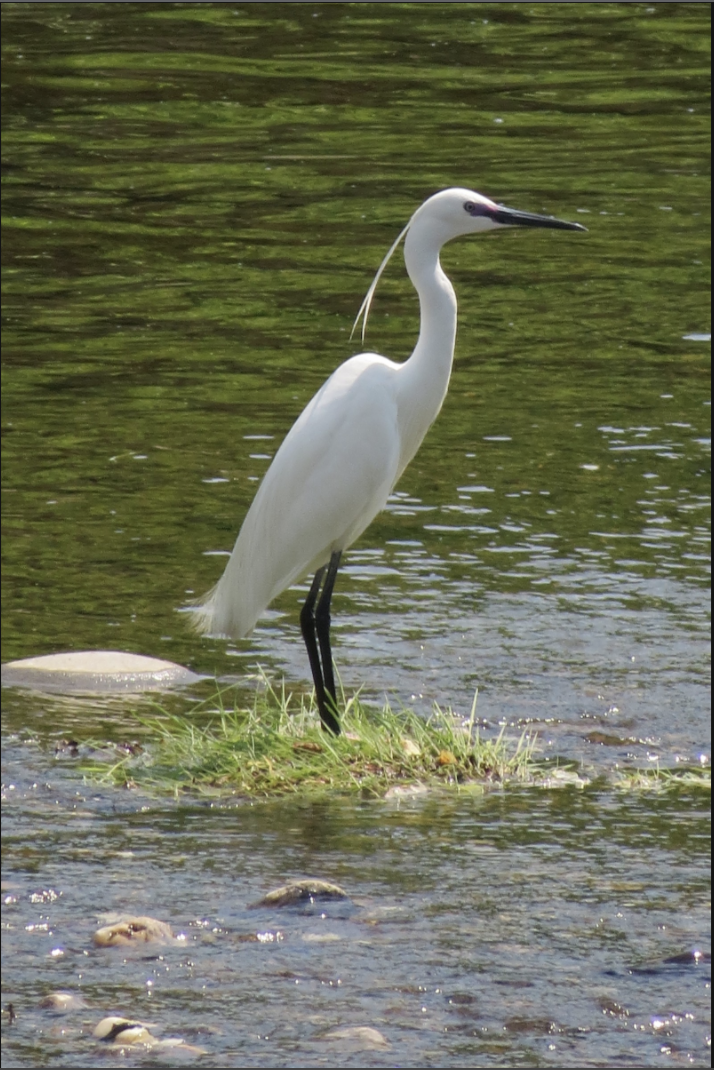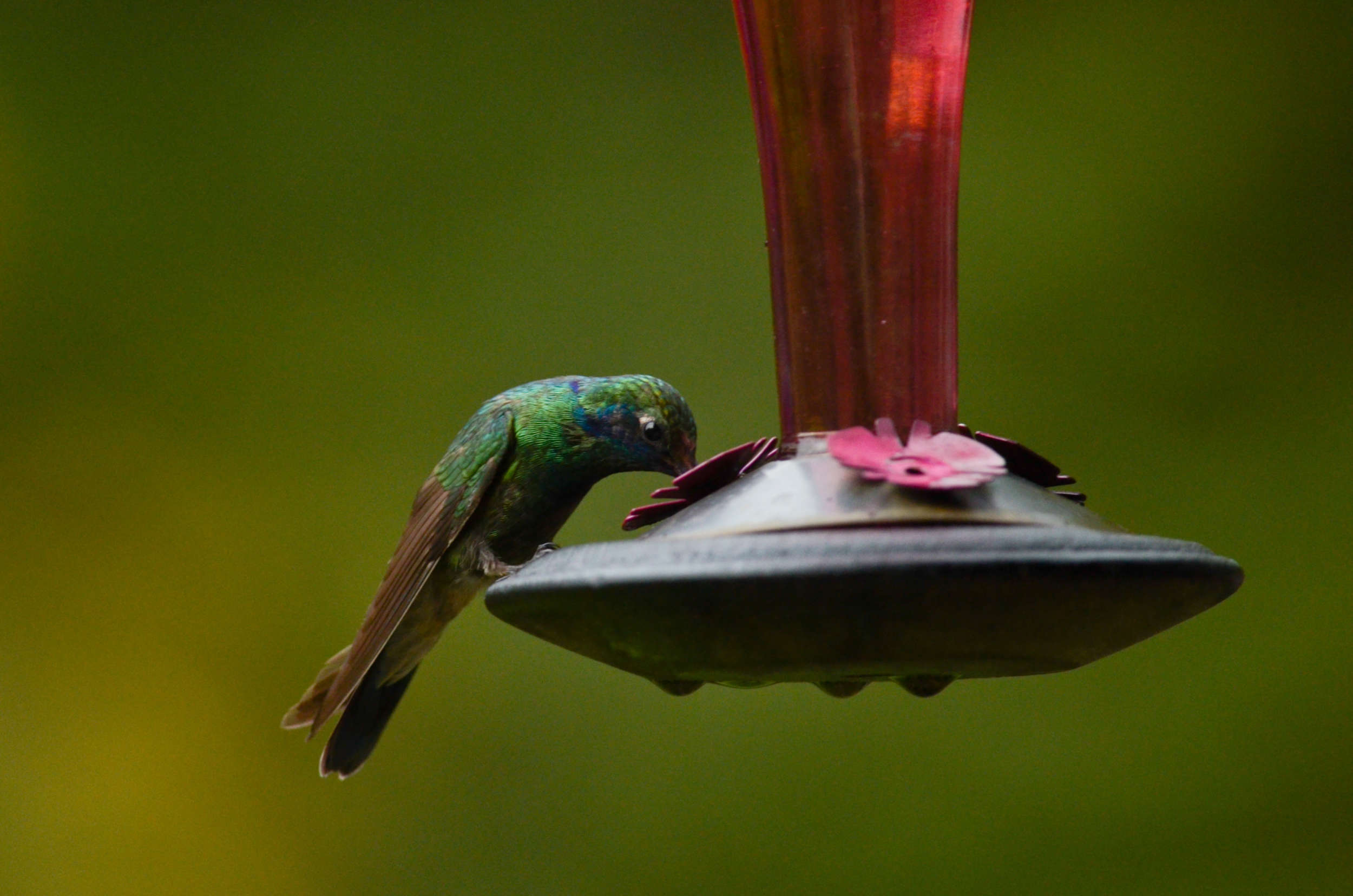From the first observation of 2021, a Barred Owl celebrating the New Year at 1:31 AM submitted by sdarmstadt, to an overwintering Eastern Boxelder Bug shared by pgarrett45 on the last day of the year, iNaturalists added over 201,000 biodiversity records to our rapidly growing database of life in Vermont.
Amazing observations kept coming all year long. We had 7,759 observers contribute more than 201,112 observations, a 12% increase from last year, representing 4,516 species verified. Over 3,600 naturalists and experts helped to identify and verify data.

The Vermont Atlas of Life on iNaturalist has grown leaps and bounds since 2013. We now have nearly 770,000 biodiversity observations in the database. Note that the peaks and valleys of data sharing match the seasons each year (green underline = 2021)
We were not alone. Vermonters joined hundreds of thousands of iNaturalists worldwide that submitted over 31.9 million observations in 2021! Check out the 2021 year in review statistics dashboard, and if you’re an iNaturalist user, you can see your year in review too. Share it proudly on social media and tag it with #vtatlasoflife so we can see your discoveries too!
‘Research Grade’ Observations
An observation submitted to iNaturalist becomes what is called ‘research grade’ when it has: a date, latitude and longitude coordinates, photos or sounds, and a 2/3 majority of agreement from iNaturalist community identifiers on the identification to species level. So far for 2021, there are now 102,612 research grade observations representing 4,516 species. Overall, we are closing in on a half-million research grade records with just 25,000 more to go!
It takes a village for an observation to become research grade. Other naturalists and scientists that can identify species from the submitted images or sound recordings help make these observations into research grade data. We had over 3,600 iNaturalists help identify observations in 2021 alone. The top 10 iNaturalists in 2021 identified over 40% of all the verifiable records for the year. Thank you to everyone that helped identify observations!
These research grade data are shared continually with the Global Biodiversity Information Facility, an international open data infrastructure that allows anyone, anywhere, to access data about all types of life on Earth, shared across national boundaries via the Internet.
Some New and Amazing Discoveries in 2021
This year naturalists added over 500 new species to the database for Vermont, many of these are perhaps completely new discoveries for Vermont, with 5 insect species that were completely new to the entire iNaturalist platform!
Here are just a few highlights of species that caught our attention.
First Records of the Invasive Spotted Lanternfly Reported
First the bad news. On October 3 iNaturalist user Mia Phillips reported a dead Spotted Lanternfly she found on a sidewalk in downtown White River Junction. This was the second one reported in Vermont. On Thursday, August 19th the Vermont Agency of Agriculture, Food and Markets (VAAFM) was alerted that a live Spotted Lanternfly was captured on a shipment delivered in Rutland. Recognizing the insects as unusual, at the time of delivery the insects were either killed or captured, and one live sample was delivered to officials for identification. No other evidence of the insects has been discovered.

Spotted Lanternfly found, photographed, and reported to the Vermont Atlas of Life at iNaturalist by Mia Phillips.
New Lady Beetle Discovered for Vermont
On July 10, Kent McFarland and Nathaniel Sharp were sweep netting their way around Underhill, Vermont with a group of excited BioBlitzers. As they walked and chatted with the group, Kent said, “You just never know when you are going to find something cool. New species are discovered all the time.”
Kent’s words turned out to be prophetic for that very day. As they were all walking back towards the cars, Nathaniel saw something and swung his net. When he looked inside, he saw a small, black beetle with elongated spots. “I walked over to Kent and asked if he knew what species this was,” said Nathaniel. “Kent responded that he was not sure, so he took the beetle home to identify it.”
“Yeah as soon as I saw the thing I just had this feeling that this lady beetle was something special and knew that I had to take it back with me,” said Kent. After hours poring over a key, Kent had a tentative identification—Hyperaspis disconotata, the Disk-marked Lady Beetle. Putting the images of the small beetle into iNaturalist confirmed the identification and that a new species of lady beetle had just been recorded in Vermont for the first time.
The Disk-marked Lady Beetle is native to North America and is relatively rare—there have only been a handful of records throughout history. This species can be found from the upper midwestern states such as Minnesota to the New England coast, then north into Canada. There is some indication that the Disk-marked Lady Beetle primarily utilizes arboreal (forest) ecosystems. Other than that, little else is known about this species.
New Butterfly Species for Vermont Reported to eButterfly
Terri Armata, one of Vermont’s most ardent butterfly watchers, has seen about 100 species in Vermont, nearly every kind ever found here. But even Terri couldn’t have predicted her amazing find during an afternoon butterfly walk—the first record of a Cloudless Sulphur in Vermont.
Ranging as far south as Patagonia in South America, the Cloudless Sulphur (Phoebis sennae) is a year-round resident at least as far north as Virginia and can breed as far north as Connecticut and Rhode Island in some years. The famous lepidopterist Samuel Scudder wrote in 1899 that Cloudless Sulphur was only rarely found in southern New England. Now it is increasingly more common.
They’re famous for their seasonal movements, often irrupting northward along the Atlantic Coast. But this one found its way northward in June, and by the appearance of its ragged wings, it had an interesting journey before Terri aimed her lens on it.
“While walking a dirt road in Shaftsbury I saw an odd yellow butterfly fluttering towards me,” wrote Armata on the VTLeps email list. “I thought at first it was a small tiger swallowtail.” Until it landed and she was able to examine it closely and capture a beautiful photograph of it perched. “It was worn but I could see the forewing pm band was broken and the white spots were large and aligned.” When it flew she saw that it was bright yellow with no marking on the top and much bigger than the more common Clouded Sulphur that one would expect to be flying here.
The only other sighting in northern New England, not far from Vermont, was in Lyme, New Hampshire on June 10th last year. It’s the farthest north we’ve seen one reported so far. But things are changing and perhaps we’ll see more, and maybe even find one breeding some day.
In the northeast, Cloudless Sulphur caterpillars feed mainly on Partridge Pea (Chamaecrista fasciculata), Wild Senna (Senna hebecarpa), and Sensitive Pea (Chamaecrista nictitans).The Connecticut Butterfly Atlas and observers in Massachusetts have found eggs and larvae on Partridge Pea. Although they apparently can’t survive the southern New England winters, if they arrive early enough they likely could produce one generation. Could they do that in Vermont? It is possible if more and more begin to arrive in early summer. The Vermont Atlas of Life on iNaturalist has several records scattered throughout the state for Partridge Pea, Wild Senna, and even Sensitive Pea. Terri’s discovery represents the 115th butterfly species to be found in Vermont.
New Bees Discovered
The Vermont Wild Bee Survey has amassed over 50,000 bee records and discovered over 50 new bee species for the state in just two years. It takes a village to discover bees–volunteer naturalists, field biologists, and bee identification experts. Three new bee discoveries in June highlight this teamwork.
On June 17th Jacob Penner, a botanist by training, posted images on the Vermont Atlas of Life on iNaturalist of tiny bees he found resting on Poverty Grass (Danthonia spicata) in Airport Park in Colchester. He knew the grass species well, but the bee was a mystery to him.
Spencer Hardy, lead biologist for the bee survey, always keeps a watchful eye on iNaturalist reports when he isn’t in the field himself. The next day he spotted this one, immediately recognized the genus and suspected that it was perhaps a rare species– Epeolus minimus, the Least Cellophane-cuckoo Bee. He alerted two bee identification experts to have a look.
Dr. Thomas Onuferko, a research associate at the Canadian Museum of Nature confirmed Spencer’s suspicion a day later. “Yes, that is indeed Epeolus minimus (a female).”
A few days later and from the other side of the globe, world bee expert Dr. John Ascher, an Assistant Professor at the National University of Singapore and Research Associate at the Lee Kong Chian Natural History Museum and the American Museum of Natural History, also concurred. He noted that this is the “first New England record and also unknown in New York, Pennsylvania, Ohio and states southward, so a first for a rather broad region.”
The Least Cellophane-cuckoo Bee is a cleptoparasitic species associated with Kincaid’s Cellophane Bee (Colletes kincaidii) that is primarily found in the western US and Canada, but sneaks east along the Great Lakes, and evidently into northwestern Vermont too. We have not verified this species yet, but we have some samples that are being examined by experts from that location.
Naturalist Bernie Paquette keeps a keen eye on the wild things in his area. On June 23rd near Jericho Center he snapped a photo of a tiny bee on a Mock Orange (Philadelphus sp.) flower and shared it with the Vermont Atlas of Life on iNaturalist. Spencer took a close look at it a few days later and wrote Bernie. “Cool! What plant is this? If it is Mock Orange, it very well might be a new species for the state. Based off what I can see of the bee and the flower, I am tentatively calling this the Philadelphus specialist, the Mock-orange Scissor Bee (Chelostoma philadelphi).” Bernie wrote back and noted it was indeed a Mock Orange bush. Twenty-four hours later, Dr. Ascher confirmed this one too–species number 330 for the Vermont checklist of bees.
Spencer made another new discovery from the opposite end of the state in Bennington County. For over two years he has been on the hunt for obscure bee species in the genus Melitta, also known as Blunt-horned Bees. There are three species in the genus in the east, all of which are specialists whose host plants occur in Vermont. With the help of the Vermont Natural Heritage Program, Spencer tracked down populations of the host plants and was finally able to find one of these bees – Melitta melittoides. A day later, Dr Ascher logged in and confirmed Spencer’s discovery, making it not only a new species, but a new genus for Vermont too!
New Birds Found
Vermont had more than its fair share of new additions to the state bird list this year. From tropical hummingbirds to oceanic alcids, Vermont birders turned up some truly spectacular species this year to bring the state list up to 390 species.
Windsor County was, somewhat surprisingly, the hub of new species this year in Vermont, with 3 of the 4 first state records showing up in Woodstock, Hartland, and Royalton. While new state records are always surprising, two species were either expected or long overdue to occur in Vermont. The first of which being the Little Egret, a species very similar in appearance to the more common Snowy Egret, but native throughout the eastern hemisphere and rarely but regularly occurring in the western hemisphere. With several reports of multiple individuals over the years in coastal Maine and New Hampshire, it seems it was only a matter of time before an individual hopped over into Vermont. On July 7th, 2021 when a trio of small egrets was discovered on the White River near Royalton, the initial excitement around the discovery of 3 ‘Snowy’ Egrets skyrocketed when further inspection revealed that one was Vermont’s long-awaited first record Little Egret.
While the Razorbill is a species frequently seen in winter on the Atlantic coast, this species rarely makes its way inland; so when several Razorbills were reported from along the St. Lawrence River Vermont birders lined the Lake Champlain coastline in the hopes of spotting this rare visitor making a push inland. These efforts paid off, and among several Razorbills that were spotted from various points along the lake, one individual hung around the Champlain Bridge to the delight of many birders who were able to see this first state record.
One of the more unexpected new state birds of 2021 was a Bell’s Vireo discovered by Kyle Jones during a fall stroll along the Ottauquechee River Trail in Woodstock. Normally found in the Midwest and Southwest US, this species has a habit of turning up seemingly at random in New England, though never before has one been reported in Vermont.
Lastly, a few weeks before the Bell’s Vireo showed up, Windsor County hosted a different and even more unexpected state first. A homeowner in Hartland was visited by a stunning Mexican Violetear which, as its name implies, should not be anywhere near Vermont! While this species does vagrate north of its expected range from time to time, there are only a handful of records in the Northeastern US. This stunning species is the 3rd species of hummingbird on the Vermont bird list, and was even witnessed interacting with (and being harassed by) Vermont’s native hummer, the Ruby-throated Hummingbird.
Species of Conservation Concern
In 2021, the iNaturalist community submitted 1,831 observations of 199 species considered ‘Vulnerable’ or higher within Vermont (state rank of S3 or lower). See the following table for a list of the top 20 species of conservation concern ordered by those with the most sightings in Vermont during 2021.
Plants Rule!
Plants clearly comprise the bulk of observations on the Vermont Atlas of Life on iNaturalist and 2021 was no exception. We had 5,341 iNaturalists contribute 74,652 observations comprising 1,214 verified species of plants. Once again setting an annual record for every stat! There were 280 introduced species reported and over 100 species of species with some level of conservation concern. Helping to verify records is another important part of the data. We had 1,447 iNaturalists help with this task. Tom Norton made 10,599 plant IDs and he now has made over 375,000 identifications on iNaturalist. Remarkable work! Thank you everyone!
VAL Missions 2021
Naturalists of all ages and abilities from around the Green Mountain State are helping us monitor Vermont life. Vermonters have long upheld a tradition of documenting biodiversity. The VAL missions are projects that are short in duration and easy for just about anyone to join and contribute observations for science and conservation. Check out the results of some of our missions in 2021.
- Lady Beetle BioBlitz
- West Virginia White Butterfly Watch
- Vermont Annual Moth Blitz
- Monarch Monitoring Blitz
- Eastern Meadowlark Blitz
- Giant Silkmoth Cocoon Watch
Explore the 2021 Photo-Observation of the Month Winners
Each month, iNaturalists ‘fav’ any observation they like as a vote for the VAL iNaturalist photo-observation of the month. Check out these awesome winners from 2021 and learn a little bit about the natural history of each organism.
We hope you’ll join the project and help us make this biodiversity database grow. Make the Vermont Atlas of Life at iNaturalist your New Year’s resolution in 2022!
